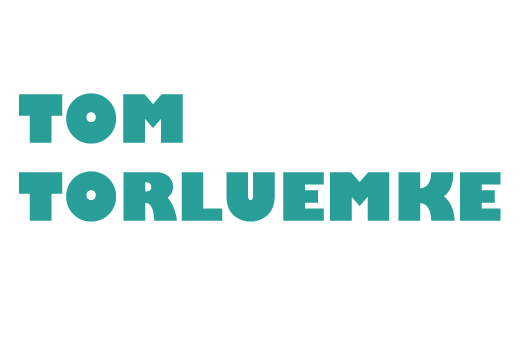Master Data Protection Agreement Webex
Master Data Protection Agreement for Webex: A Comprehensive Guide
With the ever-increasing reliance on digital communication tools, it has become imperative to ensure the security and privacy of sensitive data exchanged through such platforms. In this regard, Cisco Webex, a popular video conferencing software, has introduced a Master Data Protection Agreement (MDPA) to provide its customers with comprehensive protection against data breaches and cyberattacks.
In this article, we will explore the features and benefits of the Webex MDPA, its compliance with global data protection standards, and the steps to implement it for your organization.
What is a Master Data Protection Agreement (MDPA)?
A Master Data Protection Agreement (MDPA) is a contractual agreement between a data controller and a data processor that outlines the terms and conditions for the processing and protection of personal data. It ensures that both parties are legally bound to comply with data protection laws and regulations and establishes the framework for the secure transfer and storage of data.
In the case of Webex, the MDPA is a comprehensive agreement that outlines the responsibilities of both Cisco and its customers in ensuring the security and privacy of data exchanged through the Webex platform.
Features and Benefits of the Webex MDPA
The Webex MDPA offers several features and benefits to its customers, including:
1. Comprehensive Data Protection: The MDPA provides a comprehensive framework for data protection, including measures for data encryption, access controls, authentication, and audits.
2. Legal Compliance: The MDPA ensures that both Cisco and its customers are compliant with global data protection laws and regulations, such as the General Data Protection Regulation (GDPR), the California Consumer Privacy Act (CCPA), and others.
3. Liability Coverage: The MDPA provides liability coverage for both parties in case of a data breach or non-compliance with data protection laws, reducing the risk of financial and reputational damage.
4. Clear Roles and Responsibilities: The MDPA outlines the roles and responsibilities of both parties, ensuring clarity and accountability for data protection.
5. Flexibility: The MDPA is flexible and can be customized according to the specific needs of the organization, ensuring that it can adapt to changing data protection requirements.
Compliance with Global Data Protection Standards
The Webex MDPA is designed to comply with global data protection standards, including:
1. GDPR: The MDPA complies with the requirements of the GDPR, including the provisions for data processing agreements, data protection impact assessments, and data subject rights.
2. CCPA: The MDPA complies with the requirements of the CCPA, including the provisions for data processing agreements, data subject rights, and the protection of personal information.
3. ISO 27001: The MDPA is aligned with the ISO 27001 standard for information security management, ensuring that it adheres to best practices for data protection.
Steps to Implement the Webex MDPA
To implement the Webex MDPA, follow these steps:
1. Review the MDPA: Review the MDPA to ensure that it meets your organization`s data protection requirements and is compliant with relevant data protection laws and regulations.
2. Customize the MDPA: Customize the MDPA according to your organization`s specific needs and requirements.
3. Sign the MDPA: Sign the MDPA with Cisco to establish the legal framework for data protection.
4. Implement the MDPA: Implement the MDPA within your organization, ensuring that all employees and stakeholders are aware of their roles and responsibilities for data protection.
Conclusion
In conclusion, the Webex MDPA is a comprehensive data protection agreement that ensures the security and privacy of data exchanged through the Webex platform. By implementing the MDPA, organizations can comply with global data protection standards and reduce the risk of data breaches and cyberattacks. It is essential to review, customize, sign, and implement the MDPA within your organization to ensure comprehensive data protection.
 tomtorluemke.com
tomtorluemke.com